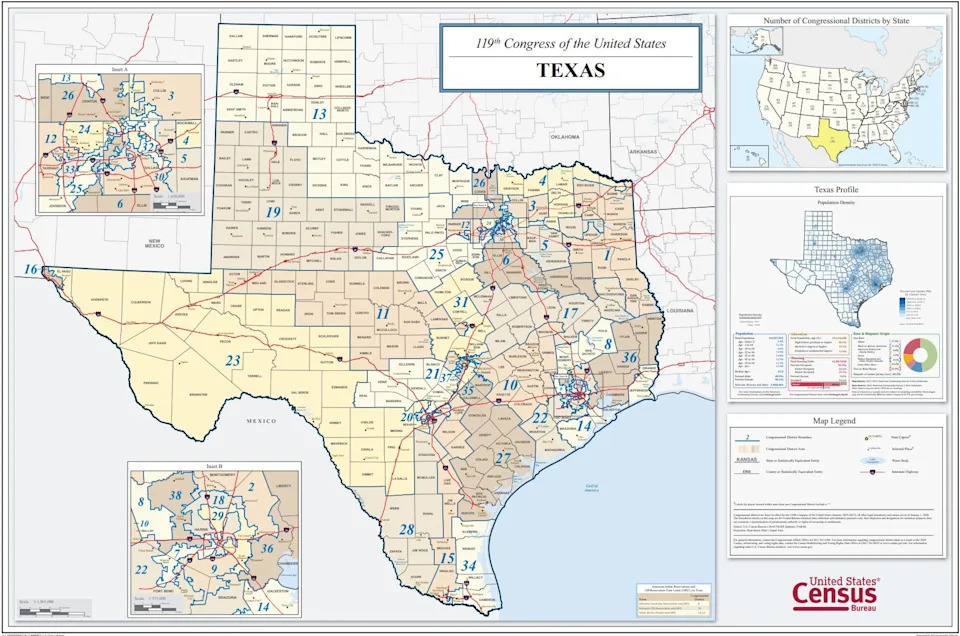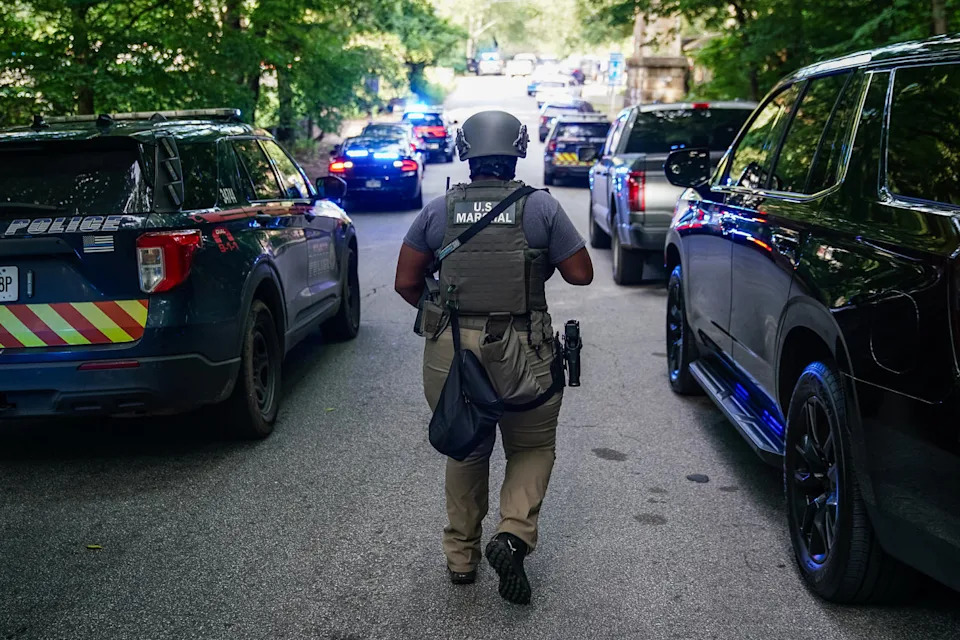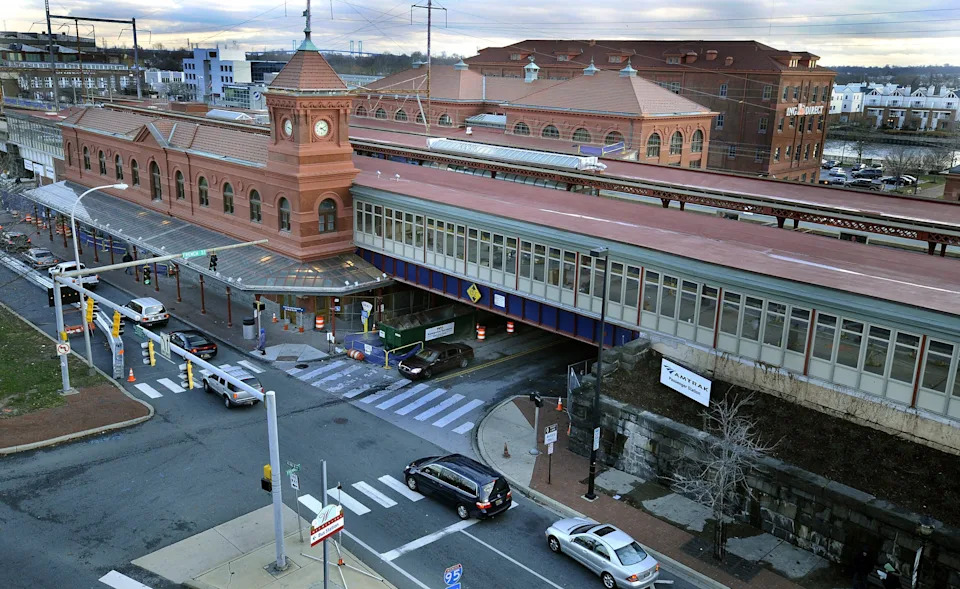Texas is currently the battleground over U.S. Congressional districts that could affect the 2026 midterm elections. Gov. Greg Abbott announced the intention to redraw the congressional maps as part of the special session that affects representation for communities across the state.
Abbott's announcement to redraw the congressional maps followed a request from President Donald Trump to find him five seats. The current proposals affect communities that were represented by Democrats, including the district represented by U.S. Rep. Veronica Escobar, D-El Paso.
"The president said that he needed five seats because what we expect to be a very close mid-term election and give the partisan divide," Michael O. Adams, a political science professor at South Texas University, said. "The president wants to maintain Republican control."
Dozens of Texas House Democrats fled the state to deny Abbott and Republicans a quorum to vote on the changes to the map. Attorney General Ken Paxton issued arrest warrants for Democrats in an attempt to bring them back to the state.
Here is what you need to know about redistricting in Texas and across the United States:
More: El Paso's Fort Bliss to become largest immigration detention facility in US
What are congressional districts and what is redistricting?
The representation of people is enshrined in the U.S. Constitution, which states that a census must be held every 10 years to guarantee that the people of a region are represented in Congress.
The redrawing of the congressional map usually follows the census to guarantee that each of the 435 Congressional districts represents an area in which there are 800,000 people. Redistricting denotes who represents an area in Congress, the state Legislature, as well as in local governments, including city councils, county commissioners courts and school boards.

The idea is to have equal representation.
"You can't have one member of Congress representing 400,000 people and the other members of Congress representing 800,000, because the person who is representing 400,000, their vote will be twice the impact of the others," Adams said.
More: US Rep. Escobar, House Democrats sue Trump administration over ICE facility visits
Redistricting rarely occurs between censuses, as is happening in Texas right now. The Texan congressional map was redrawn in 2021, following the 2020 census.
The current efforts to redraw the Texas congressional districts are meant to give Republicans more seats.
Has quorum been broken in Texas before?
The Texas House of Representatives requires that 100 of the 151 members be present for the vote.
Quorum has been broken in Texas on at least five occasions. The last time was when the map was redrawn mid-decade in 2003. The redistricting in 2003 gave Republicans more seats in Congress despite protests by Democrats.
Quorum in the Texas House of Representatives was also broken in 1870, 1979, 2003 and 2021.
More: FEMA offers states millions for ICE detention facilities, using money meant to help migrants
What is Gerrymandering?
Gerrymandering is the purposeful drawing of any political districts or legislative districts to give an advantage to any political party or any racial group.
The term was coined in 1812 and is named for Elbridge Gerry, the former governor of Massachusetts, who signed a bill that redrew the state's senate election district on behalf of the Democratic-Republican party. The new district resembled the shape of a salamander.
How has the Supreme Court affected redistricting?
The 1965 Voting Rights Act looked to protect the rights of minority voters. But over the last six decades, the protections built into the act were slowly chipped away.
The Supreme Court ruled in 2019 that federal courts could not rein in the power of state legislators to redraw maps in their favor. The court voted five to four to maintain partisan gerrymandering, with Chief Justice John Roberts stating that federal courts did not have the authority to intervene.
More: Fort Bliss once housed refugees, now set for largest ICE deportation center
Another Supreme Court ruling in 2013 gutted the provision of the Voting Rights Act that required states with histories of racial discrimination to obtain approval from the federal government before changing state voting laws, including the establishment of new district maps.
The result of these rollbacks of the Voting Rights Act has contributed to the weakening of minority political influence. Adams points to how the current push to redraw the congressional district maps will limit the political influence of Latino and Black communities.
“What we’re witnessing in this redistricting cycle is a masterclass in demographic manipulation where growth among Latino and Black populations in Houston is not translating into proportional political power," Adams said. "It’s a modern example of retrogression: packing, cracking, carefully diluting emerging coalitions of color.”
Jeff Abbott covers the border for the El Paso Times and can be reached at:[email protected]; @palabrasdeabajo on Twitter or @palabrasdeabajo.bsky.social on Bluesky.
This article originally appeared on El Paso Times: Texas redistricting 2025: What new congressional maps mean for voters








Comments